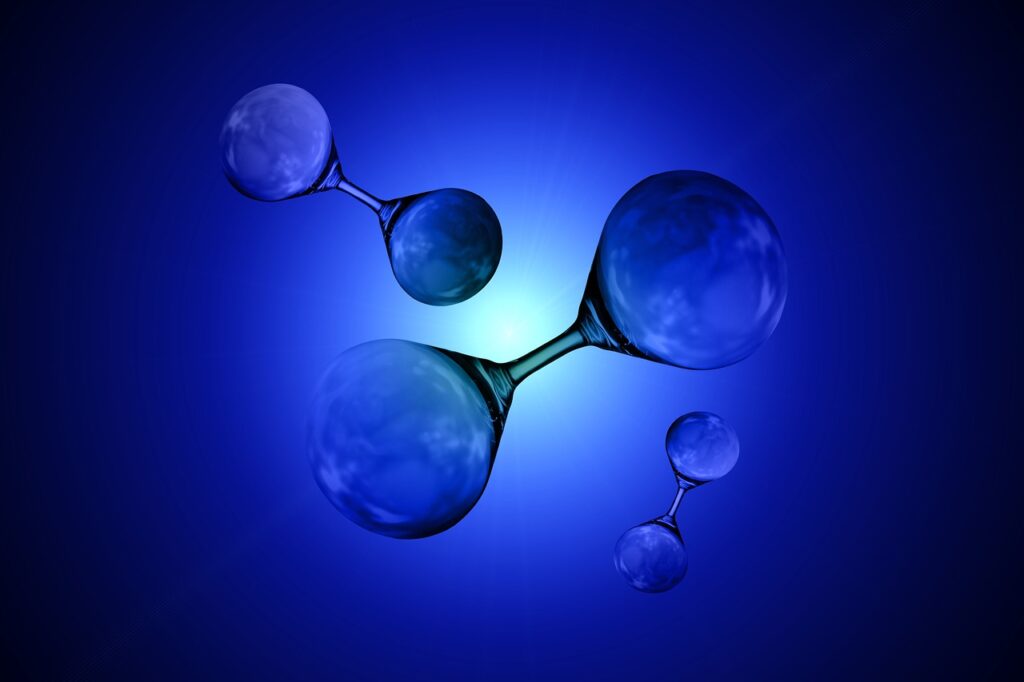Hamburg-Moorburg’s former coal-fired power plant is on track to become a key site for green hydrogen production. However, the project, initially set to start operations in 2025, now faces delays, with production pushed to 2027.
The demolition of the coal-fired power plant in Hamburg-Moorburg is progressing well, with plans to complete this phase by the end of the year. The subsequent construction of a 100-megawatt electrolyzer for green hydrogen is slated to begin in 2025. However, recent updates indicate that hydrogen production and supply to consumers may only start in the first half of 2027. This delay has raised concerns, notably from Götz Wiese, the CDU parliamentary group’s economic policy spokesman, who criticized the timeline as “far too vague and far too slow.”
Several significant hurdles still need to be overcome for the project to proceed. The facility is subject to the Major Accident Ordinance under the Federal Immission Control Act due to the planned storage of over five tons of hydrogen on-site. Currently, an application for the necessary permits has not been submitted, although an application committee is expected to convene soon.
Moreover, the project might require the development of a comprehensive traffic concept, particularly since the planned A26-East motorway will run close to the plant. The Senate has yet to provide a timeline for this traffic plan, further contributing to the uncertainty surrounding the project’s timeline.
In the context of the hydrogen energy sector, the delays and regulatory hurdles faced by the Moorburg project are not unique. Many green hydrogen projects worldwide encounter similar challenges, often due to the stringent safety regulations and the nascent state of the technology. However, some projects have managed to expedite their timelines through proactive regulatory engagement and robust planning.
For instance, the NortH2 project in the Netherlands, one of Europe’s largest green hydrogen initiatives, aims to start production by 2027, with a clear roadmap and strong governmental support. Similarly, the HyNet North West project in the UK has set ambitious but well-defined timelines for its hydrogen production and distribution network, ensuring transparency and planning security.
The delays in Hamburg-Moorburg highlight the importance of political will and planning security in large-scale energy transitions. Götz Wiese’s criticism underscores a broader issue: the need for clear, decisive action and comprehensive planning from local and national governments. The transformation of Hamburg’s industry to CO2 neutrality requires not only technological innovation but also robust infrastructure planning and regulatory support.
Despite the current challenges, the potential benefits of green hydrogen for Hamburg’s energy landscape are significant. The Moorburg project aims to replace one of Germany’s most modern and efficient coal-fired power plants, which, until its shutdown in 2021, generated nearly the entire electricity demand of Hamburg. Transitioning this site to hydrogen production aligns with broader efforts to achieve CO2 neutrality and sustainable energy use.
However, for the project to succeed, timely resolution of regulatory hurdles and development of necessary infrastructure plans are crucial. Additionally, fostering collaboration between public and private stakeholders can help mitigate delays and ensure the project meets its new timeline.





